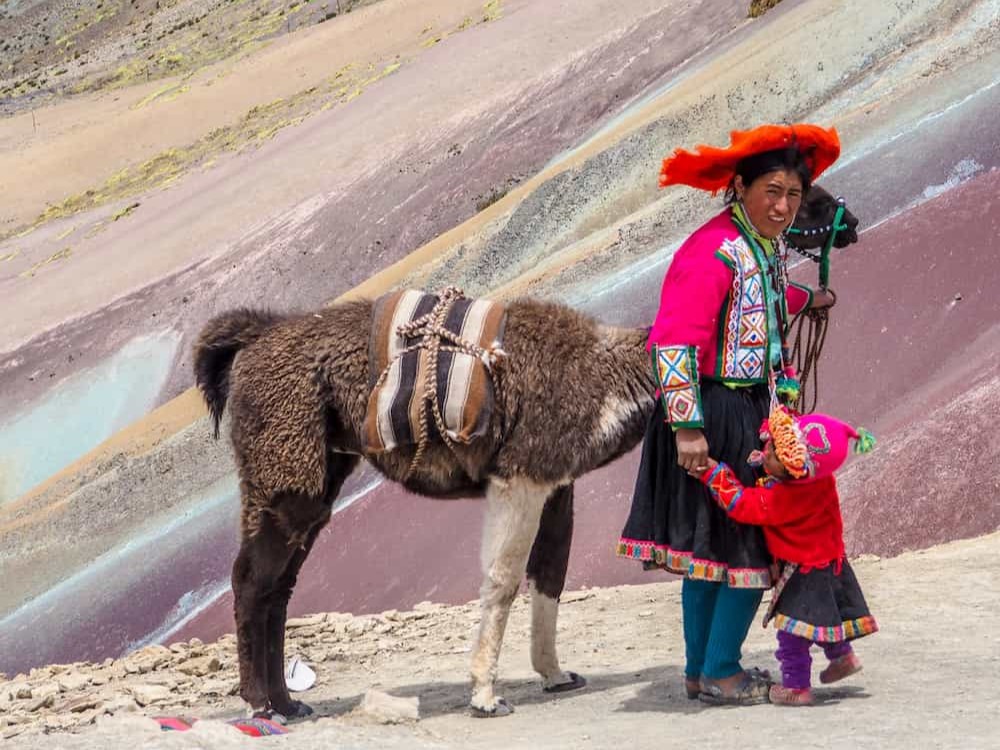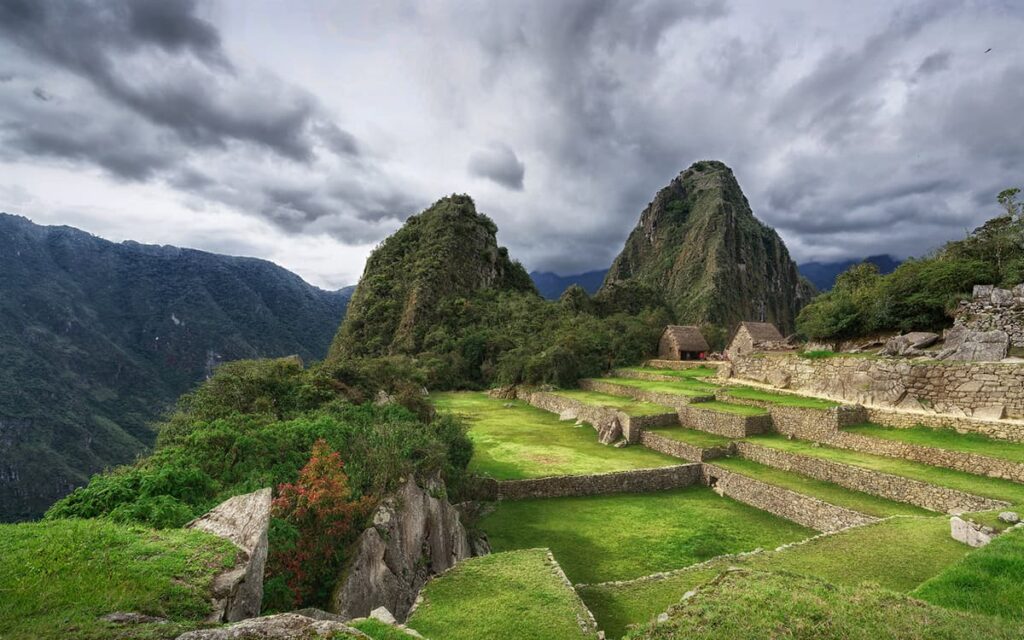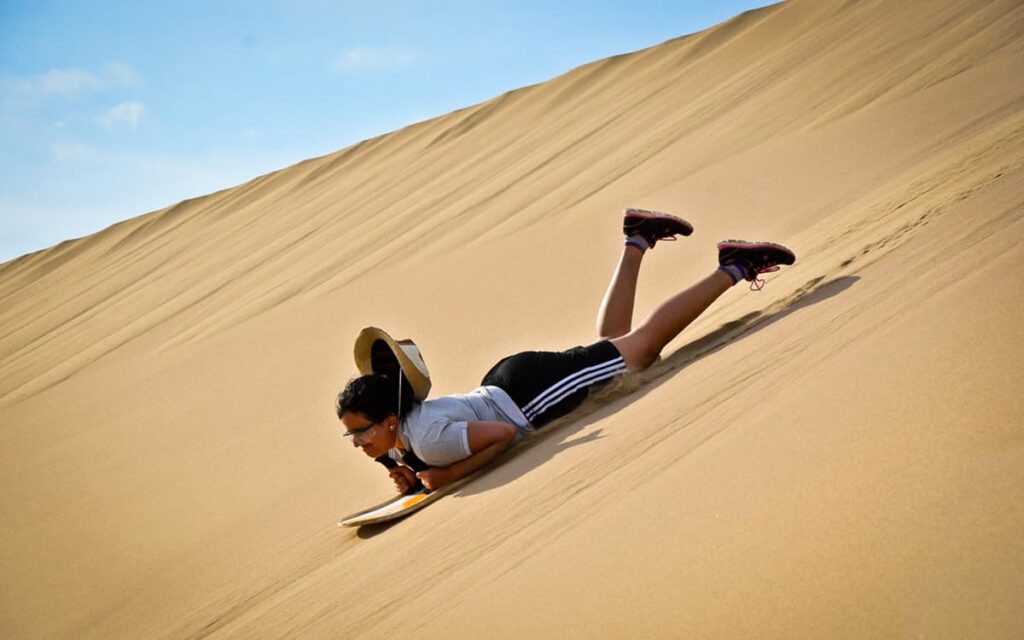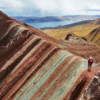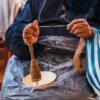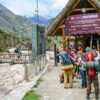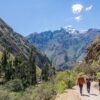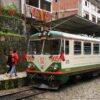The Kiswar Kancha Palace was built by order of the Inca Huayna Cápac, and whose name means «enclosure of the snakes», it is said that this palace was so wide that it reached the Saphy River. During the time of the Spanish conquest, this palace belonged to Hernando Pizarro.
It contained many interior buildings, it is rectangular in shape, it belonged to the Inca Wiracocha and was the residence of Sujsu Ayllu, in the distribution of lots this Palace corresponded to Alonzo de Meza.
But with the passage of time the Jesuits began the construction of the Church of the Society of Jesus. Today the tourist will be able to appreciate the walls that were part of the Amaru Kancha Palace on Loreto Street.
Location
It is located on the north-eastern side of the Wacaypata (current Plaza de Armas), exactly in the area that now occupies the Cathedral of Cusco and the Temple of the Sagrada Familia.
Meaning of the name
kiswar is a native shrub similar to the Alamo, the name translates to Place of the Kiswares.
Description
Kiswar Kancha is a Quechua expression that means: place of the kiswares (Kiswar a native bush of the area). It is said that this palace was quadrangular and was made up of buildings and courtyards.
According to historians the Kiswar Kancha Palace belonged to the Inca Wiraqocha and was the residence of “Sujsu Ayllu”. With the Spanish invasion this complex was awarded to Alonso de Meza.
In addition, it is important to mention that on the south side there was a cylindrical building with several floors, which they called Suntur Wasi, which was the House of emblems and weapons.
Who was the Inca Huiracocha?
Huiracocha Inca, was the eighth ruler of the Curacazgo del Cusco. He took the name Viracocha Inca because he claimed to have had a divine dream with the god Viracocha.
His original name was Hatun Tupac and he was very young when the kingdom of Cusco was invaded by the Cuntis and his uncle assassinated. After those bad days the main survivors got together and after a heated debate they decided to designate Huiracocha Inca as the successor of the deceased sovereign.
Inca agriculture and supplies improved. It expanded the groves and textile production, implanted the tocapus (geometric figures in the clothes of the nobles).
He traveled to the Aymara kingdom, leaving his favorite son Inca Urco as Inca ratin (vice-ruler).
The Chancas invade Cuzco
This is how things were when the Chancas invaded the kingdom of Cuzco, advanced, devastating the towns they encountered and reached the gates of the capital.
The defense was then assumed by another of Huiracocha’s sons named Cusí Yupanqui (the future Pachacutec), who defeated the Chancas and expelled them from the kingdom. After the danger, all acclaimed Cusí Yupanqui as Inca, but he respected his father’s decision. He and Urco, suspicious of the prestige that Cusí Yupanqui had achieved, planned his elimination and prepared an ambush for him in the Paca area (on the banks of the Tambo River); the trap failed and Inca Urco was executed. When Huiracocha learned of the death of his beloved son, he had no choice but to recognize Cusí Yupanqui as an Inca and he retired to Calca, where he spent the rest of his days.
Death of Huiracocha Inca
After his surrender, along with his son Inca Urco, he left the city of Cusco, generating uncertainty and confusion. Only its main captains, Apo Mayta and Vicaquirao, along with the children of its main Coya, remained in it. Along with them was Cusi Yupanqui (Pachacútec), a young military man supported by Apo Mayta, who makes a general call to the neighboring ethnic groups, and after getting allies, fights and expels the Chancas from Cusco, later kills Inca Urco in self-defense. act that causes resentment in Huiracocha Inca, who never returned to Cusco since his flight.
He died in oblivion, very gray-haired (something unusual in Andean men) and suffocated by the magnificence of who he never named as his successor: Pachacútec.
Attractions
At present in the Kiswar Kancha Palace you can see the Cathedral Basilica of Cusco and the temple of the holy family, on what was the Kiswar Kancha. Unfortunately there is nothing in sight of what was this palace.
Other Inca Palaces you should know on a trip to Cusco
The Incas created a building style with cyclopean characteristics. This was especially evident in the palaces that were built for each successor who acceded to the throne. The remnants of these constructions can still be seen in the palaces that we describe below.
Qollqanpata Palace
Qollqanpata Palace was built on the slopes of Sacsayhuamán in the Qollqanpata neighborhood, this palace belonged to the founder of the Inca empire, Manco Cápac. Upon the arrival of the Spanish, this site passed into the hands of Diego de Almagro and is currently the Church of San Cristóbal.
Its Quechua name is «deposit site», a name that describes the place of large deposits, possibly food. Currently you can see ruins of its walls and part of a beautiful Inca wall carved in rock.
Qasana Palace
It is a group of buildings whose south side adjoined the Plaza de Armas), ordered to be built by the Inca Pachacútec, located today between Procuradores, Tecsecocha, Plateros, Amargura and Saphi streets.
Qasana means in Quechua «where the frost falls» and that in ancient times it extended from the parallel tracks to the Saphy River to the Palace of Qoraqora. According to historians, this was the palace was the residence of the royal lineage «Iñaka PanaKa Ayllu» and today several colonial-style mansions are appreciated in the place, whose foundations are the bases of the Qasana Palace, still visible.
Qoraqora Palace
Commissioned to be built by Inca Roca, it was the residence of the «Ayllu Raurau» located next to the Qasana facing the current Plaza de Armas in Cusco. «Qoraqora» is a Quechua word that means «place with abundant grass.»
With the arrival of the Spaniards, it was awarded to Gonzalo Pizarro and during the Colony residences were built on its foundations, leaving their stone bases exposed and that today the visitor can appreciate in the colonial portals and houses.
Amaru Kancha Palace
Amaru Kancha Palace was built by order of the Inca Huayna Cápac, and whose name means «enclosure of the snakes», it is said that this palace was so wide that it reached the Saphy River. During the time of the Spanish conquest, this palace belonged to Hernando Pizarro.
But with the passage of time the Jesuits began the construction of the Church of the Society of Jesus. Today the tourist will be able to appreciate the walls that were part of the Amaru Kancha Palace on Loreto Street.
Pukamarka Palace
Its name means «Red Place», built by order of Túpac Inca Yupanqui with the aim of communicating to the entire empire that he was its only leader. Currently some walls are observed because, during the time of the Spanish conquest, the stone material was used to build colonial buildings.
To book a vacation to Cusco or for any questions, it is recommended to do so with a FullViajes travel agent to obtain all the detailed information about trip planning to guarantee an excellent vacation in the Millennial City.
To book a vacation to Cusco or for any questions, it is recommended to do it with a travel agent to obtain all the detailed information about travel planning to guarantee an excellent vacation in the Millennial City.
Visiting Cusco is a real adventure whose protagonist will be yourself, instead of a memorable experience, that is why Cusco is definitely one of the most incredible cities with a great variety of archaeological centers and tours such as Sacred Valley, Camino Inca or Machu Picchu. To enjoy an unforgettable experience, contact Inka Trail Backpacker, a company that will better assist you during your visit, of course it is always with the necessary advice for you and yours as well as the guarantee, responsibility and security that characterizes us. If you visit the city of Cusco another impressive destinations that you can visit are the tour to rainbow mountain peru or the humantay lake tour from cusco, which only takes one day. But if you are gonna to stay more days in Cusco, other archaeological places you can know will be the choquequirao trek peru, the salkantay trek to machu picchu, and the classic inca trail 4 days 3 nights.

